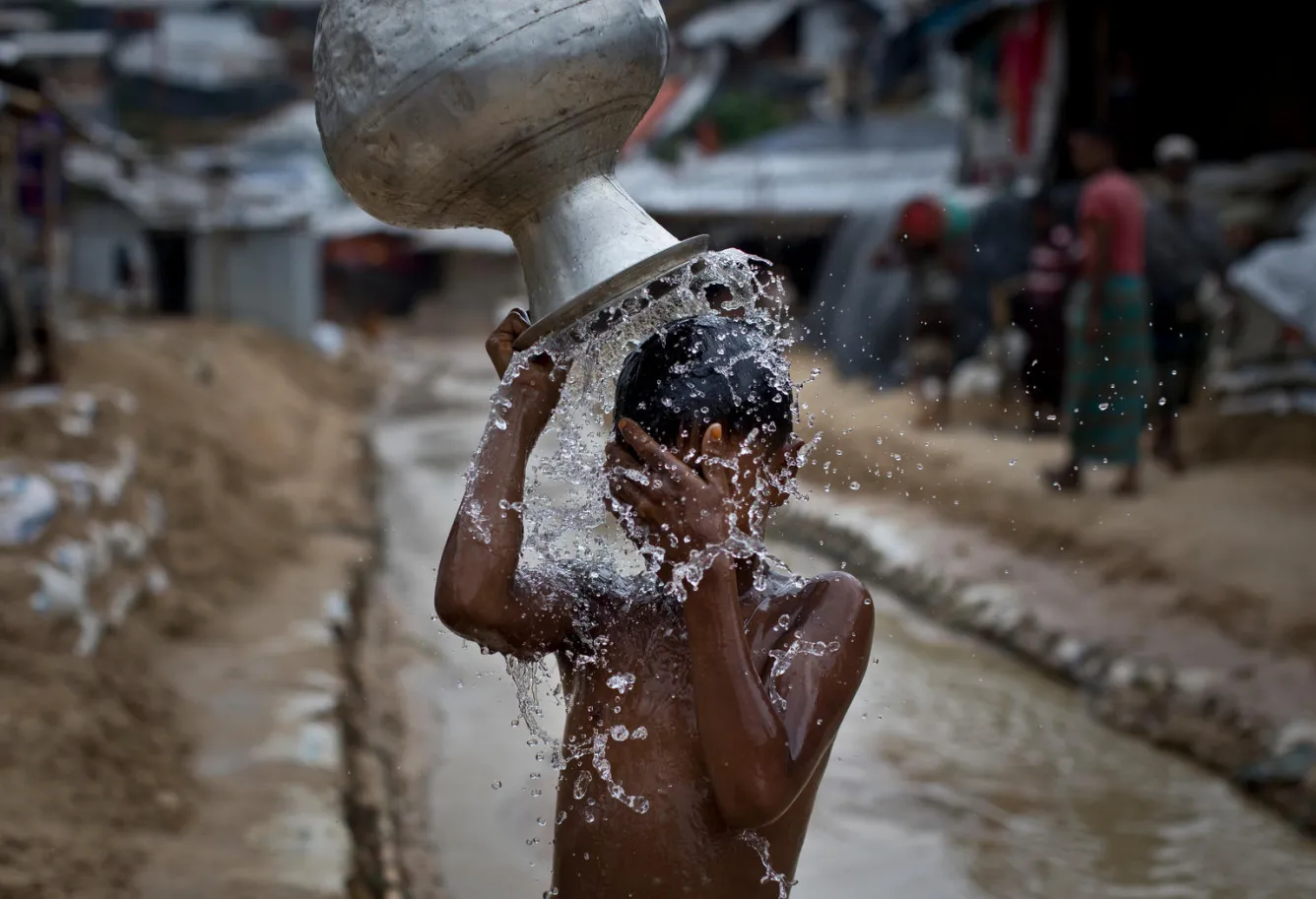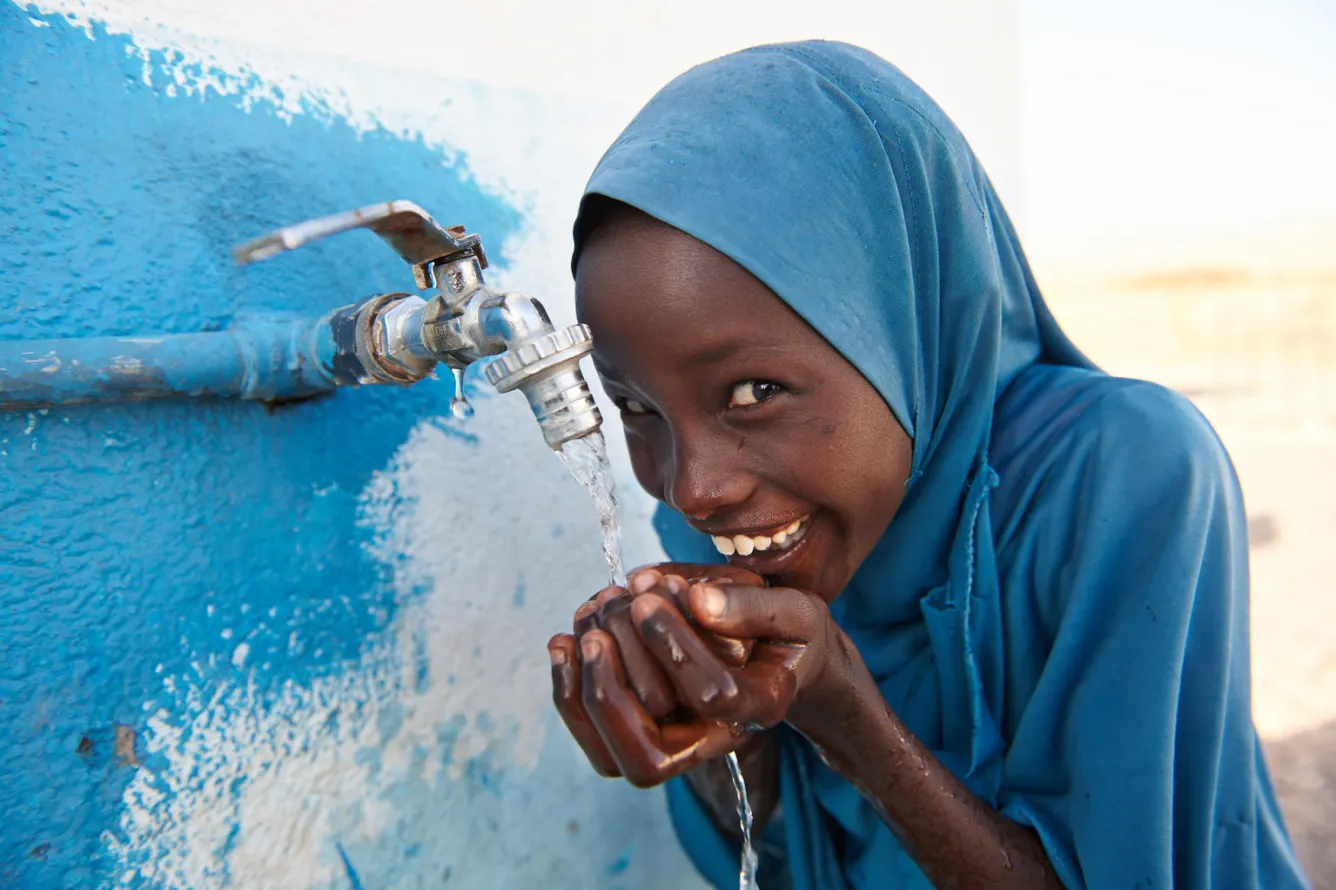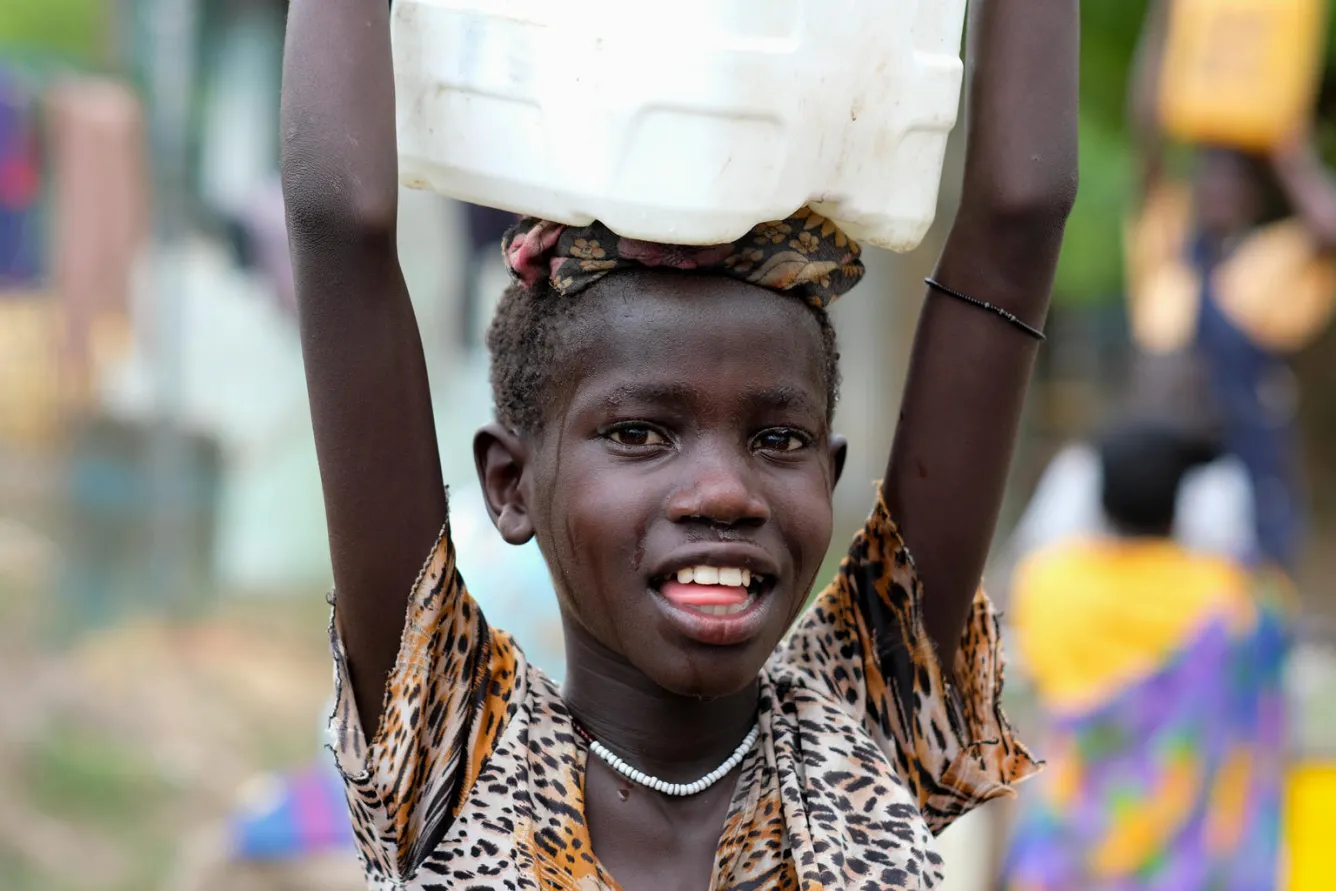World Water Week 2019: 10 Things You Didn’t Know About Water
The world is not yet on track to meet Sustainable Development Goal 6: Access to safe water and sanitation for all.
Water is life. Without water, children simply cannot survive. Without basic toilets, entire communities live with human waste in their environment. Without taps and soap for handwashing, diseases spread rapidly. Young children are particularly vulnerable, and water and sanitation related diseases remain among the leading causes of death in children under five. When hospitals and health care centres do not have running water, toilets or soap, they can become disease factories. At the time of birth, this can be a matter of life or death for both mother and baby.
To celebrate, and raise awareness of, World Water Week 2018, here are 10 facts about water that might surprise you.
UNICEF’s Survival Gifts help provide clean water and sanitation to children in need. Purchase your gift today and start saving lives.

1. There is a water crisis and it’s happening now.
2.1 billion people do not have access to safe water.
2. Water needs to be more than clean, it must be “safe.”
For water to be safe it must be accessible at home, available when needed, and free from contamination.
3. Without safe sanitation, diseases spread rapidly.
4.5 billion people do not use safe sanitation, meaning a toilet that separates human waste from contact, and a system to ensure that the waste is safely disposed.
4. Open defecation is one of the clearest signs of inequality.
Over 892 million people practice open defecation, meaning they go out on the side of the road, in fields or bushes.
5. Children are most at risk.
Every day over 700 children die from diarrhoea linked to unsafe water and sanitation.

6. Babies are being born in dirty conditions.
Around 35% of hospitals and health centres do not have running water and soap for handwashing; 19% do not have basic toilets.
7. Children are missing out on an education.
When children have to walk long distances to collect water, they often miss out on a chance to go to school. When schools don’t have toilets, girls have nowhere to manage their menstruation and may opt to skip school instead.
8. Climate change is making it worse.
The changing climate is destroying, drying up and contaminating water sources. By 2040, 600 million children will live in areas of water stress, unless we act now.
9. In conflicts and crises, children are twice as likely to lack access to water.
There are around 117 million people in urgent need of safe water in emergencies around the world.
10. We must do more.
The world is not on track to meet the Sustainable Development Goal 6: access to safe water and sanitation for all. UNICEF is calling on governments to reaffirm their commitments to improve water, sanitation and hygiene access; strengthen partnerships with national statistics offices to improve collection, analysis and disaggregation of data, and reporting progress on national action.

The Sustainable Development Goal’s call for ‘safely managed’ services raises the bar for the international community. Beyond providing basic access, development agencies are now expected to address both the quality and sustainability of the services.
UNICEF took up the challenge in 2017, reaching 45 million people with improved water supplies; delivering improved sanitation for 22 million people; and helping 50,000 communities become open defecation free.
The world as a whole is still falling short of reaching SDG 6, and we need your support to continue providing life-saving access to clean water and sanitation.
